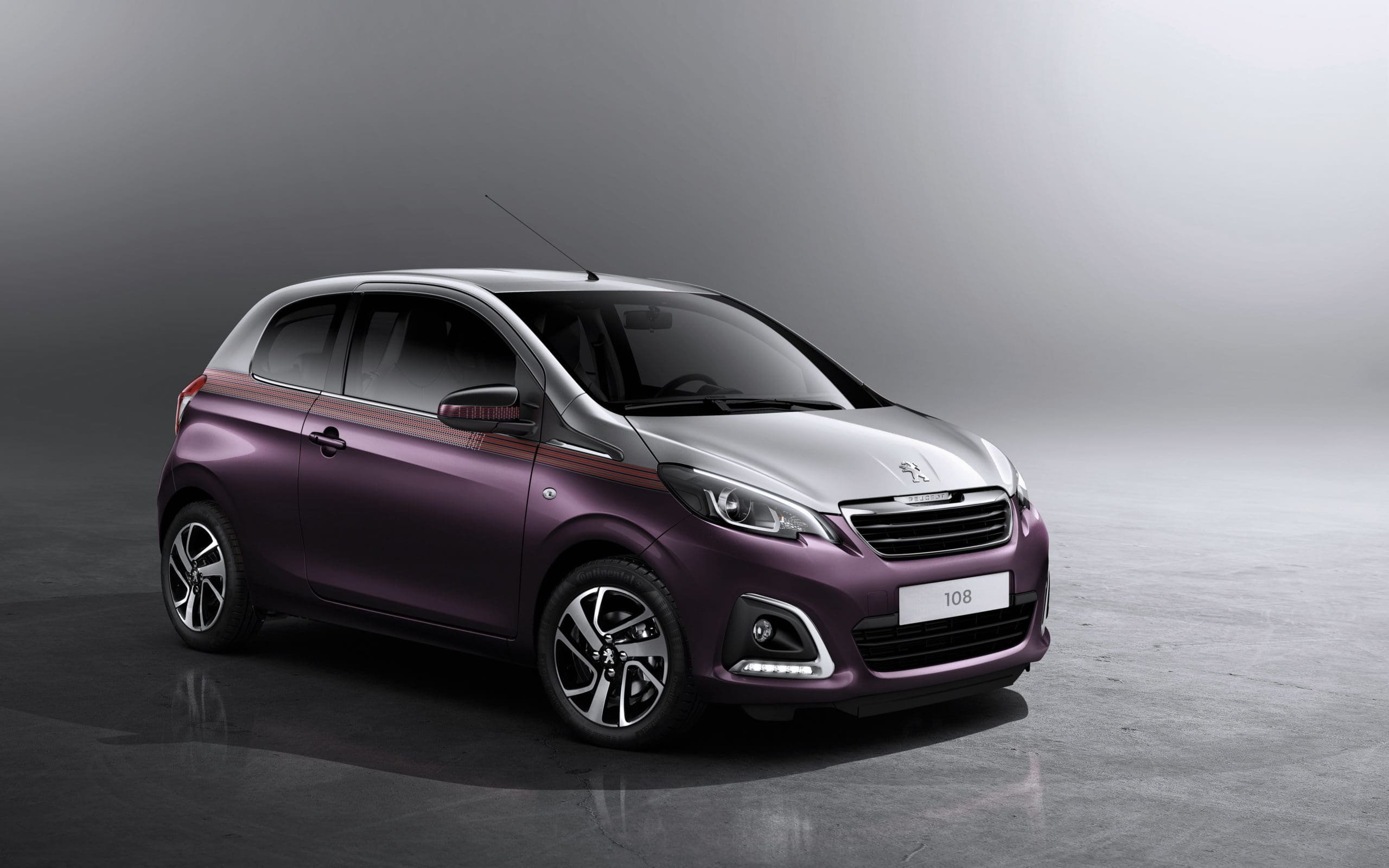

The colour of our car matters enormously to us, but are we subject to changing fashions without even realising it? Craig Thomas investigates.
A car’s colour is important to us when we’re making a purchasing decision. It might not consciously be primary among our concerns – economy, reliability, safety and, increasingly, technology tend to be what we think about – but research shows that 60 per cent of consumers identified colour as a major factor when making our choice of which car to buy.
White is now the most popular car colour in the UK, with 2015 seeing its third year of pre-eminence. Last year, of the 2,635,518 new cars registered, 21.4 per cent were white. But 10 years ago, less than one per cent of buyers opted for the shade, so it’s apparent that our tastes evolve over time, in response to all kinds of other external influences that are around us.
Manufacturers recognise how important colour is to us, which is where companies such as PPG Industries and Axalta (formerly DuPont) come in. They not only supply coatings (paint to you and me) to car manufacturers, but they also track changing consumer tastes, publishing annual colour popularity reports, and present new palettes from which carmakers choose colours for their products – four years in advance.
So why is colour so important to car buyers? Jane Harrington of PPG told us: “The first thing you notice, besides the vehicle style, is the colour: it’s a way to describe the form.” Axalta’s Nancy Lockhart added: “Colour is also a representation of your personality and who you are, so it becomes a very important part of a vehicle purchase.”
With so many options to choose from – most manufacturers these days offer at least eight to ten colours – buyers usually have plenty of scope to express their personality or find a colour that they’ll be comfortable living with for a few years while they own the car.
But the type of car you buy will also determine its colour. “A lot of the time, it’s what the consumer thinks looks good on the vehicle, in their mind’s eye. For sports cars, red is the second most popular colour and black is the most common” explained Hetherington. Lockhart added: “When it comes to a luxury or more serious vehicle, buyers want to pick a colour that is more conservative, like a silver or grey.”
Colour is also important to the manufacturers, especially when marketing a new model. You’ve probably noticed how the cars in advertisements or showrooms are never the neutral colours that are most popular in the real world. You won’t be surprised to discover that the murky practices of marketing are behind that.“ You might have seen a car advertised in a certain colour, so that might have caught your eye on an advertising hoarding or a television advertisement. That might have got you into the dealership, thinking that you saw the bright orange or the blue metallic,” Harrington explained. By the time we actually sign on the dotted line, though, and we realise just how much money we’re spending on a new car, our innate conservatism kicks in. Which is why, last year, British car buyers opted for, after white, black cars (19.4 per cent), followed by grey (15.6 per cent).
Silver was the dominant colour in the 2000s, but it has now slumped to sixth place, reflecting how our tastes change. “In the 2000s, metallic silver was seen as a futuristic, high-tech colour and now white has captured that kind of feeling – it’s fresh and clean, and it looks good on every vehicle segment,” Hetherington explained.
However, just as we Brits lead other car industry trends, we also go our own way on colour: so while blue is currently only the seventh most popular globally, in the UK it’s fourth in the charts – and rising in popularity every year. “There’s been a lot more interest in blue, especially in the mid-shade blues and chromatic blues,” Lockhart confirmed. “Blue is an area that is very fun to work with because you can work on it from a light blue, to a pastel solid blue, to a medium metallic or even a dark pearl.”
PPG’s Harrington also sees a return to colour in the coming years: “We will see an increase in blues, along with orange and copper-influenced colours.” Lockhart has a similar view: “We’re also starting to see a little more interest in greens and yellows, golds and brownish colours.” Time will tell if we’ll go back to the browns we liked so much in the 70s, but don’t discount it: the paint suppliers base their multi-million pound businesses on these predictions, so they’re rarely wrong. The change will come slowly, subtly, but in 10 years’ time, we’ll probably be wondering what happened to all the white cars.
© Motorworld Media 2023
Registered Office: 4 Capricorn Centre, Cranes Farm Road, Basildon, Essex. SS14 3JJ
Company Number: 8818356
Website designed by Steve Dawson
One Response
When I was buying my Suzuki Vitara last year, the price for a colour other than white was £500 extra. ” A white one it is then.” I stated without hesitation